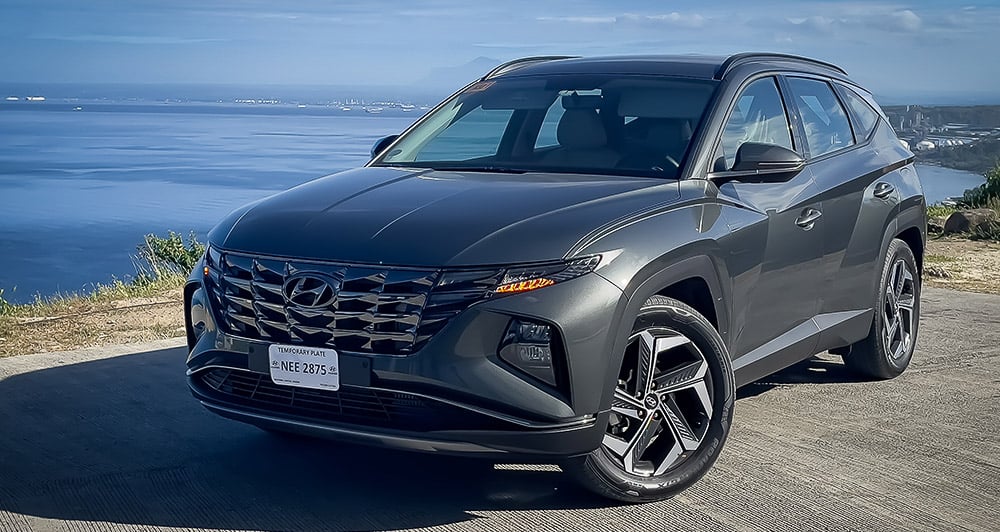
The Hyundai Tucson has always been made differently. Even in its first iteration, the crossover looked different from its peers. Fast-forward some years later—from the fluidic sculpture to the last generation—it always stood out from the crowd. The same can be said with the current, fourth-generation Tucson, which we tried out recently.
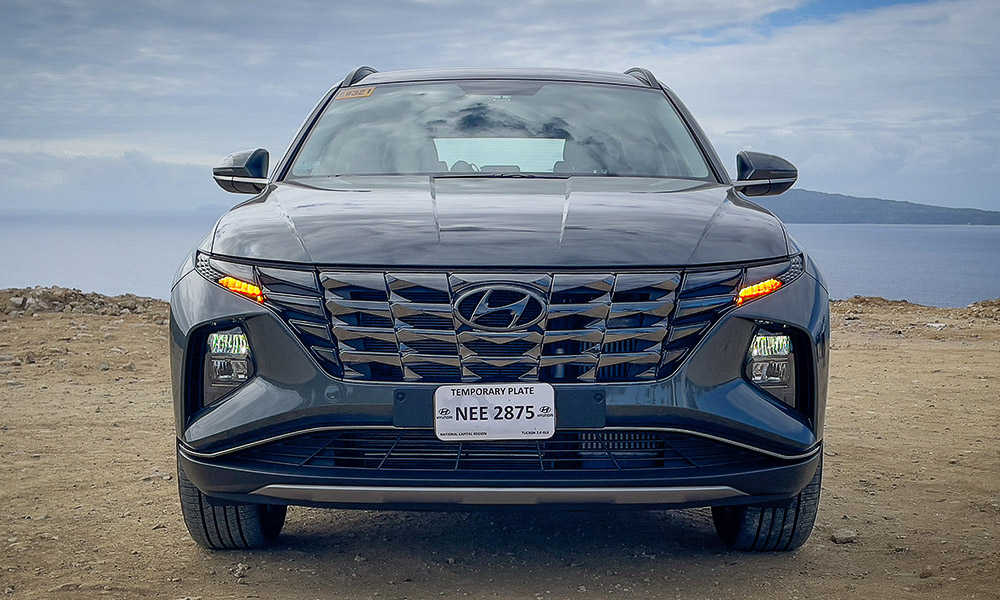

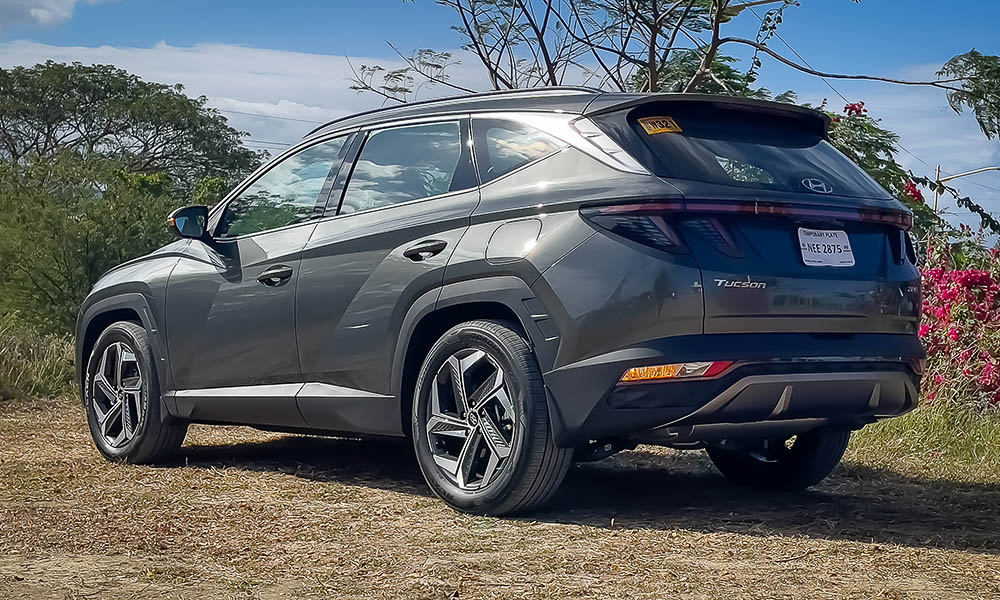
Let’s start with the obvious: its looks. The latest Tucson was designed at a time between the “Fluidic Sculpture 2.0” and the current “Inside-Out” design languages. That means it doesn’t look old like the previous generation, and is not as space-age as its stablemates, the Staria and the Stargazer.
Up front is the parametric-style grille finished in black chrome, flanked by the jewel-like LED DRLs. Like the Santa Fe, which it was based on, the LED headlamps and cornering lamps are positioned lower in the bumper. The creases on the front end are both sleek and futuristic. That’s why I can’t blame onlookers for ogling at the car as I passed by.
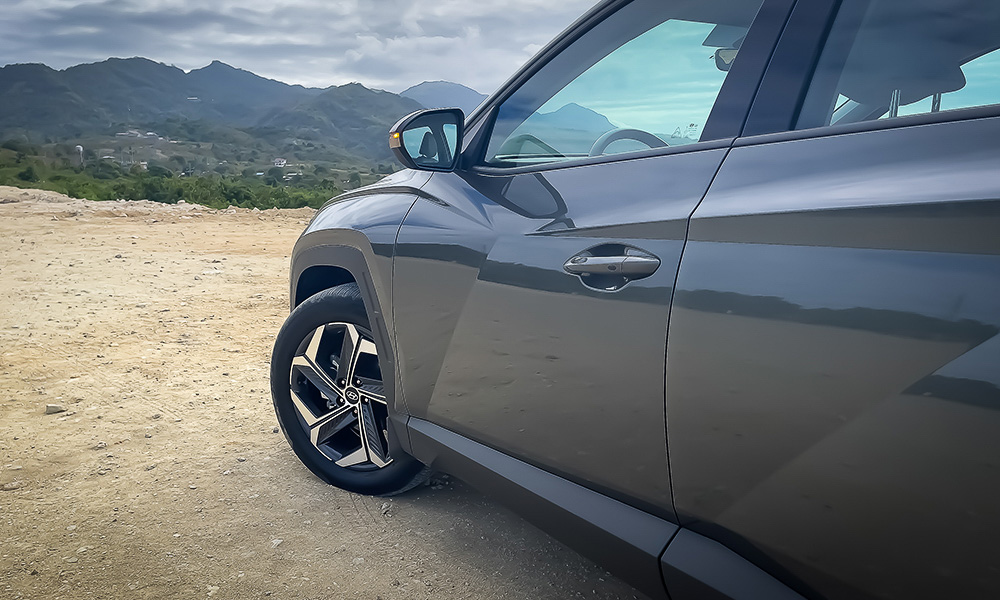
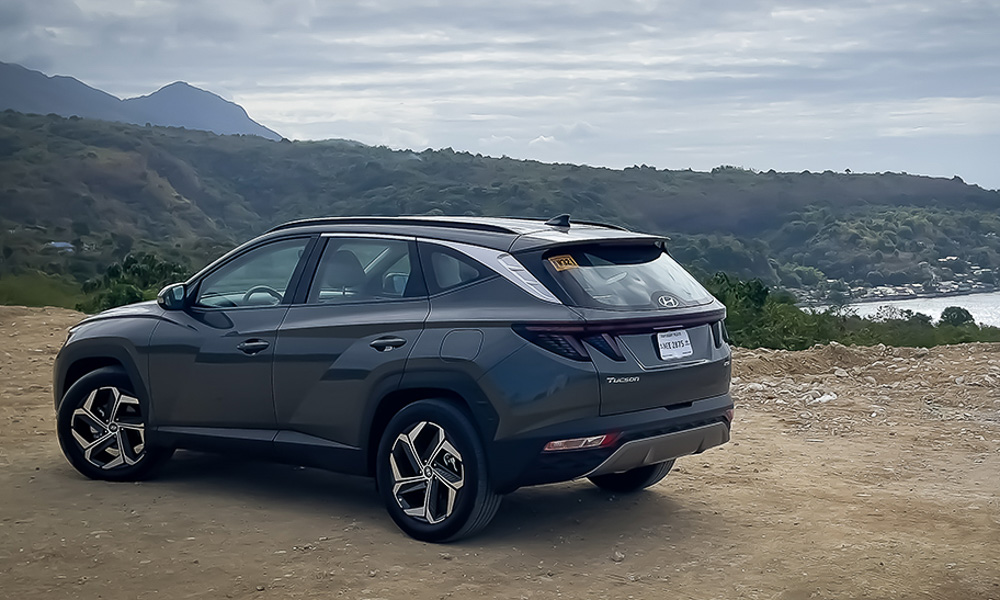
The stares continue onto the sides. It seems like the Tucson was designed with jewels in mind—hence the complex yet subtle creases on the doors and the fenders. The 19-inch diamond-cut wheels as well as the satin chrome trim on the D-pillar complement the look.
The rear end of the car leaves a lasting impression with the fangs-inspired taillight cluster flanking a lightbar. These units even have mini jewel-like elements on the outer sides—showing Hyundai’s great attention to detail. The rear clip is clean, thanks to the hidden windshield wiper. The turn signal, the reverse light, and the fog light that are placed low on the rear bumper look neat, but might not be as visible to taller vehicles. But all of those kept admirers staring long after I had passed them by.
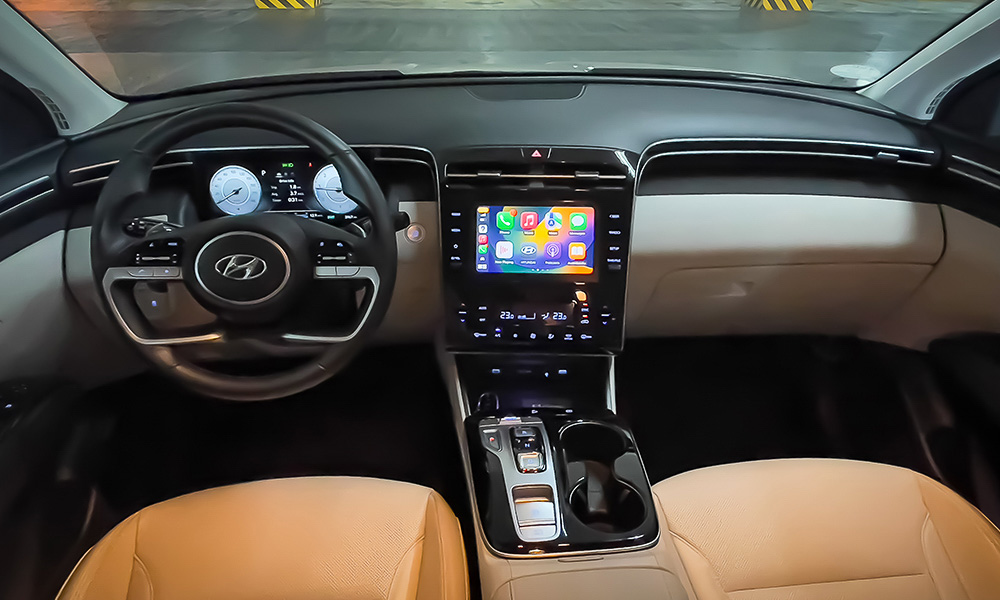
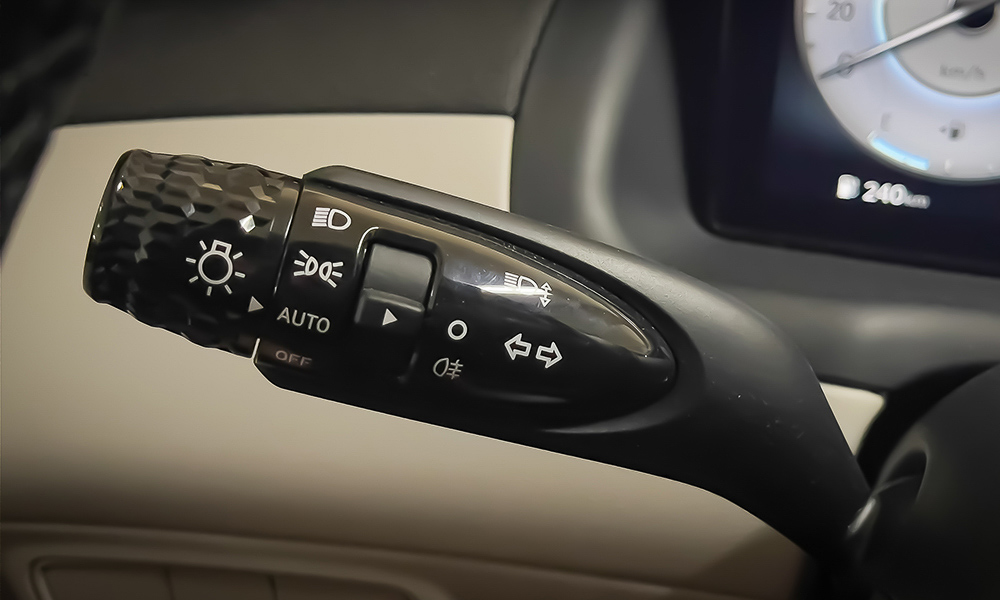
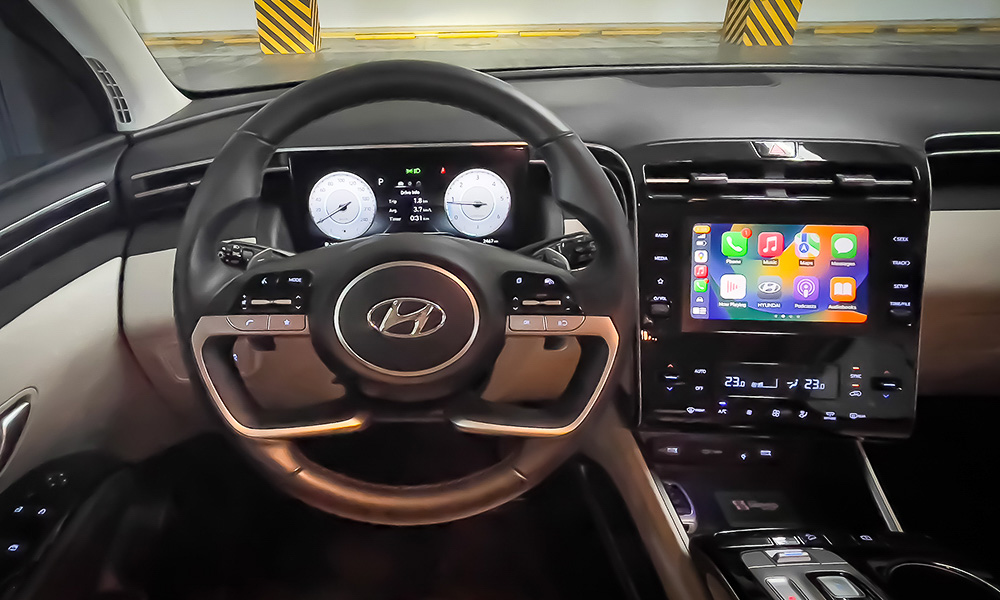
Hyundai seems to go all-out when designing its new vehicles, and this is not an exemption. Inside, this shares the dashboard and the instrument cluster layout of the Staria. It sits low, which allows better visibility up front. The aircon vent’s one-piece design is not just a mere styling touch, as diffused air blows in between where traditional vents are placed. This should please people who don’t like the feeling of air directly blowing onto them, without compromising cooling efficiency.
The 10.25-inch digital instrument cluster looks good and is legible. But other than the differing skins, there’s not much available customization here—a missed opportunity, if you ask us. Instead of the usual tablet-style implementation, the eight-inch infotainment screen is fused within the center stack, making it look bigger than it really is. And speaking of the infotainment system, it is one of the sweetest-sounding units with just a couple of adjustments—even if it isn’t the Bose systems offered in other markets.
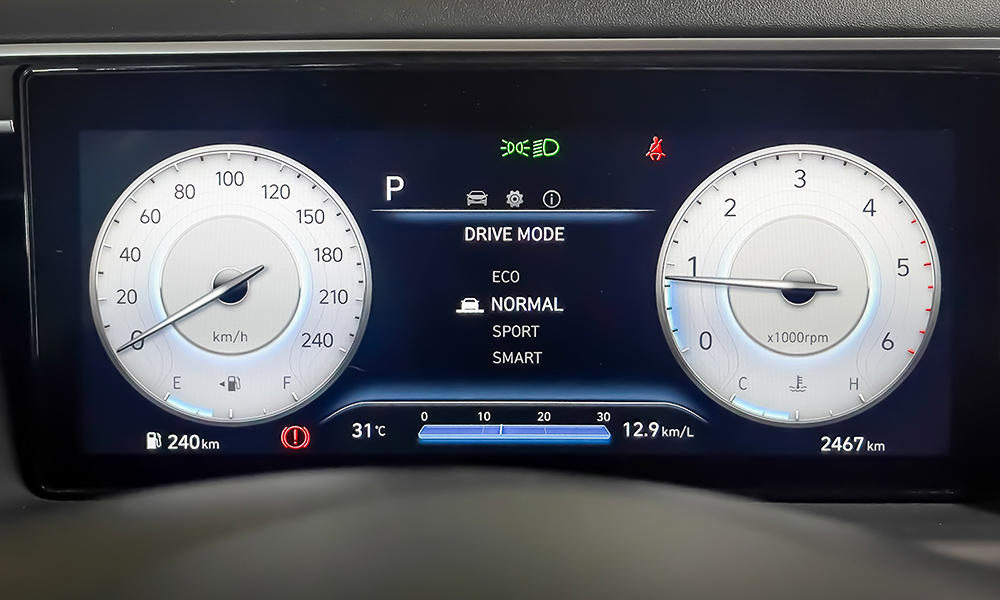
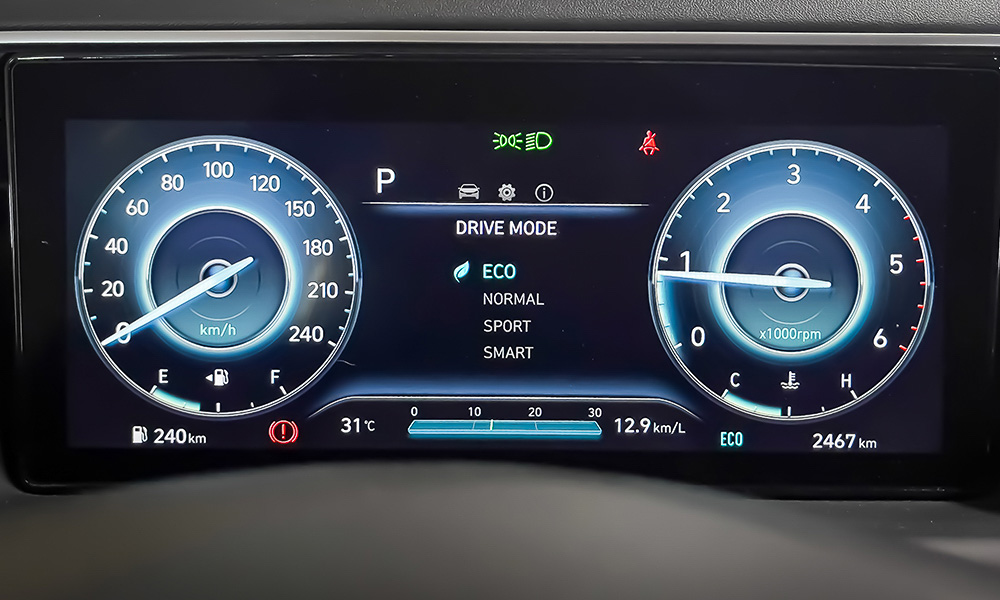
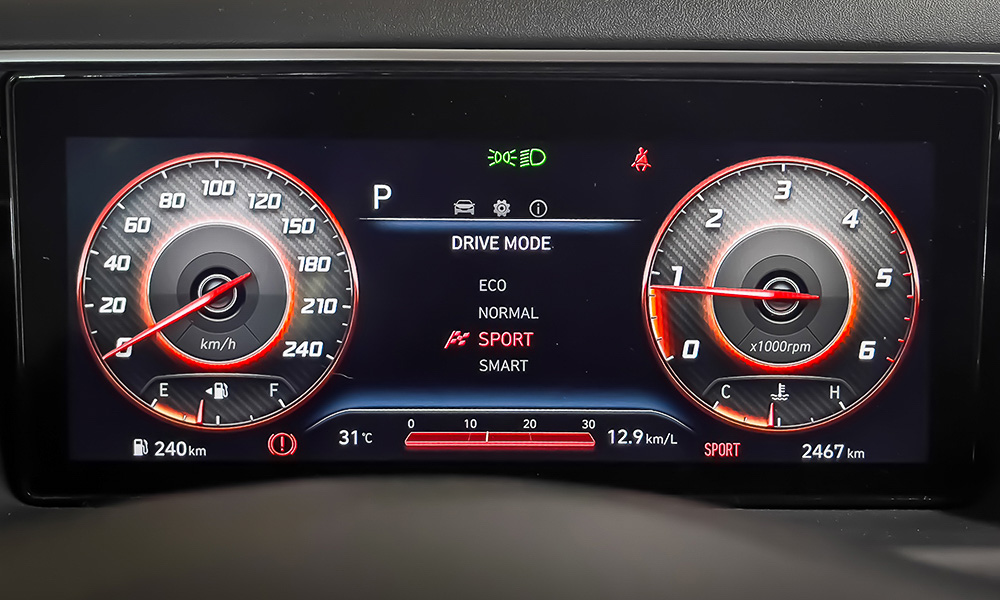
The choice of materials and the fit-and-finish inside are superb, with acres of soft-touch ones in the most common touchpoints. The seats are supple, yet provide ample support. However, I’m not a big fan of the light-colored trims and seats. I admit, however, that this makes the interior feel roomier than it already is. I just personally prefer darker shades for the seats and the trims.
Thanks to the 2,755mm wheelbase and the 1,840mm overall width, it is one of the roomiest in the current crop of compact crossovers. This means there’s more than enough elbow, knee, and legroom for all five occupants. The Tucson is more than just a well-designed vehicle, it is also well-built. And this was evident when my family took it for a road trip to Batangas.
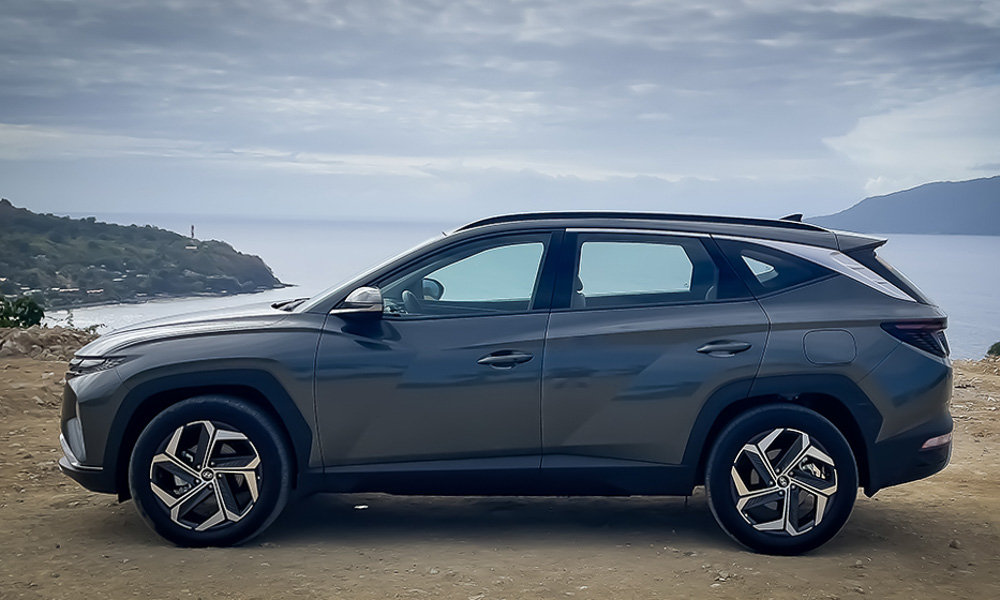

The ride may be a bit on the stiffer side of things. While this is not exactly uncomfortable, one would wish it were a bit plushier. But because of the same, you’ll be rewarded with a great driving feel. This works well for those who want to feel the road underneath them better. It hugs the road and the corners pretty well with minimal body roll. Load it up with people and stuff, and the ride becomes much more comfortable.
But the pièce de résistance of the Tucson is its drivetrain. The 2.0-liter Smartstream D engine, paired with an eight-speed shift-by-wire automatic, is a gift that keeps on giving. Modulate the throttle well and it provides one of the smoothest driving experiences. Despite the narrow power band, this never felt like it was hunting for the right gear to use. Stab the accelerator and you unleash all of the 183hp and 416Nm that the engine makes.
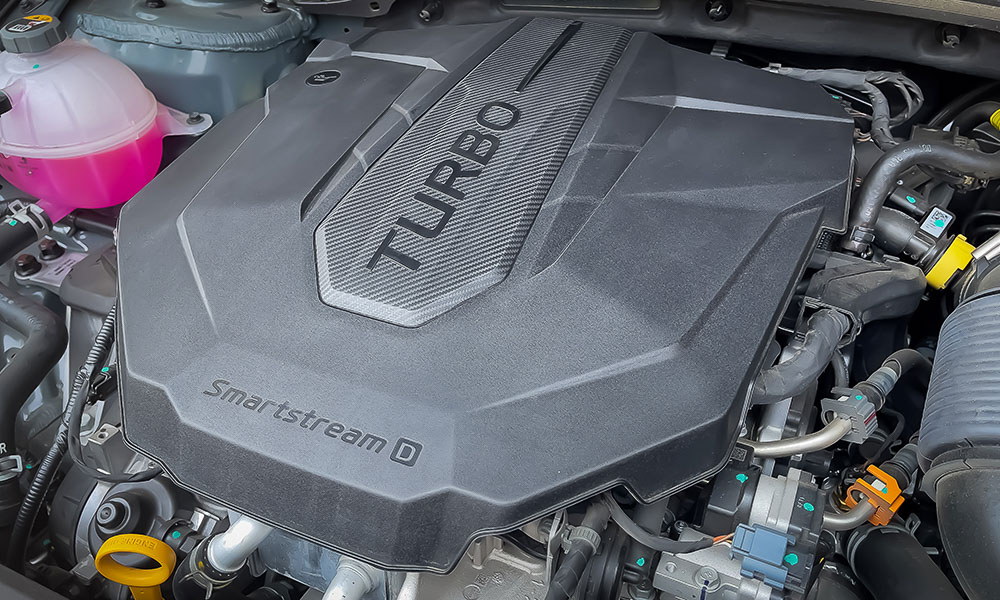
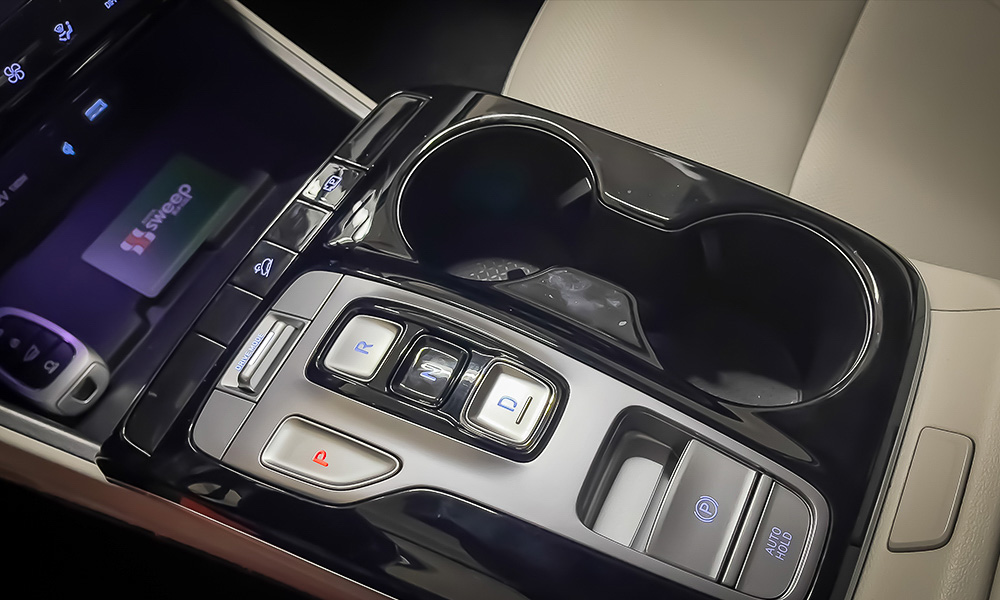
This powertrain is fuel-efficient, too. In the heaviest of traffic in the city, you’d do around 7km/L and up to 13km/L when things aren’t so bad. Getting 20km/L is easy once the road opens up.
The car still had a quarter of its fuel tank left when I returned it after almost 500km of driving. This was even after around six hours of idling in total during stops or when I took photos.
And the Tucson is safe. It has tons of safety equipment, and even comes with Hyundai SmartSense.
I’ve never driven a compact crossover as stylish, fun, and practical as the Tucson.
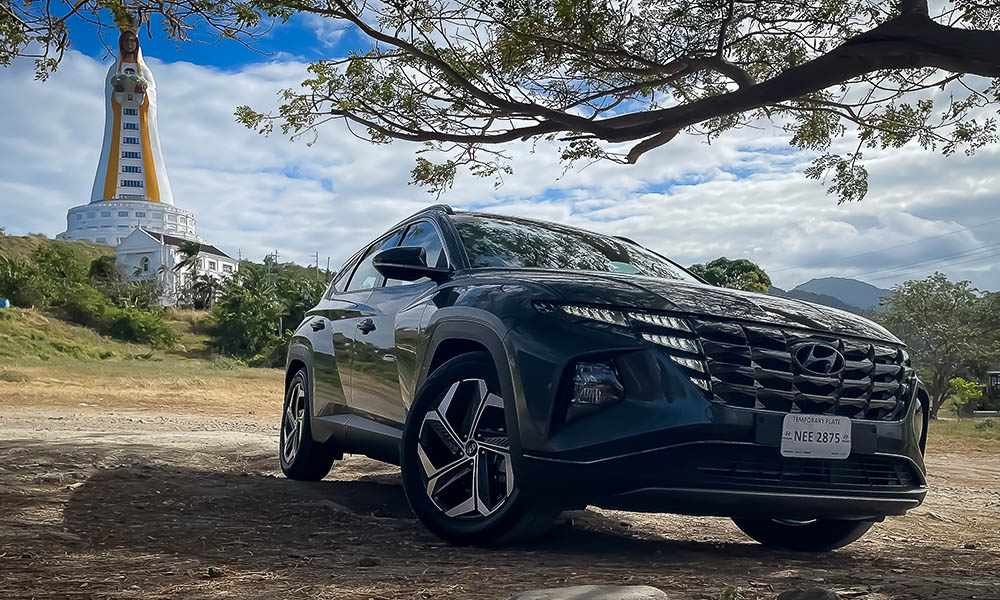
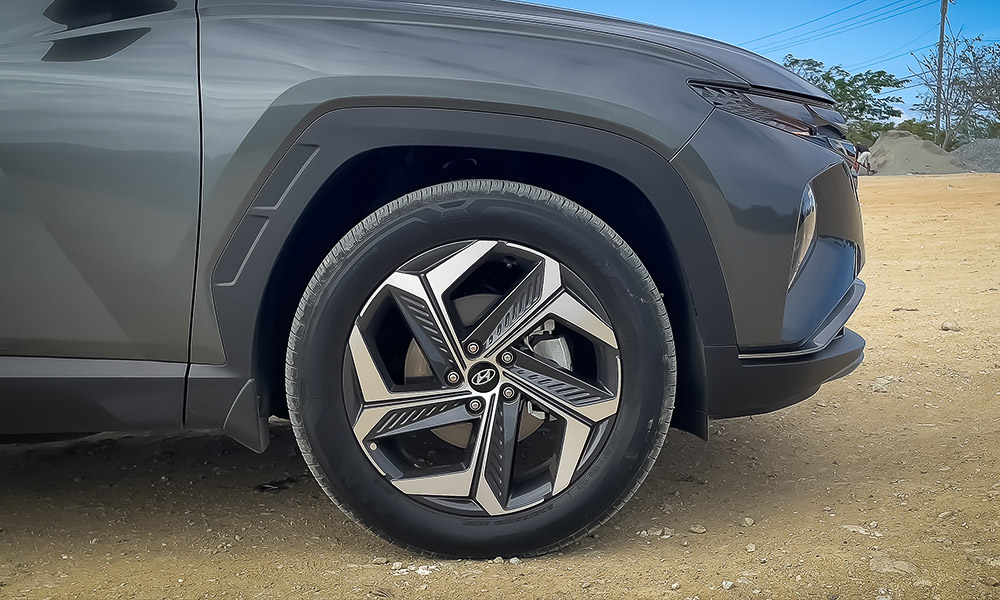
This may be nitpicking, but sadly, perhaps because of pricing considerations, there are several features that were omitted when Hyundai specced the Tucson. The panoramic sunroof was taken out; there is no adaptive cruise control; and even the blind-spot camera system isn’t here.
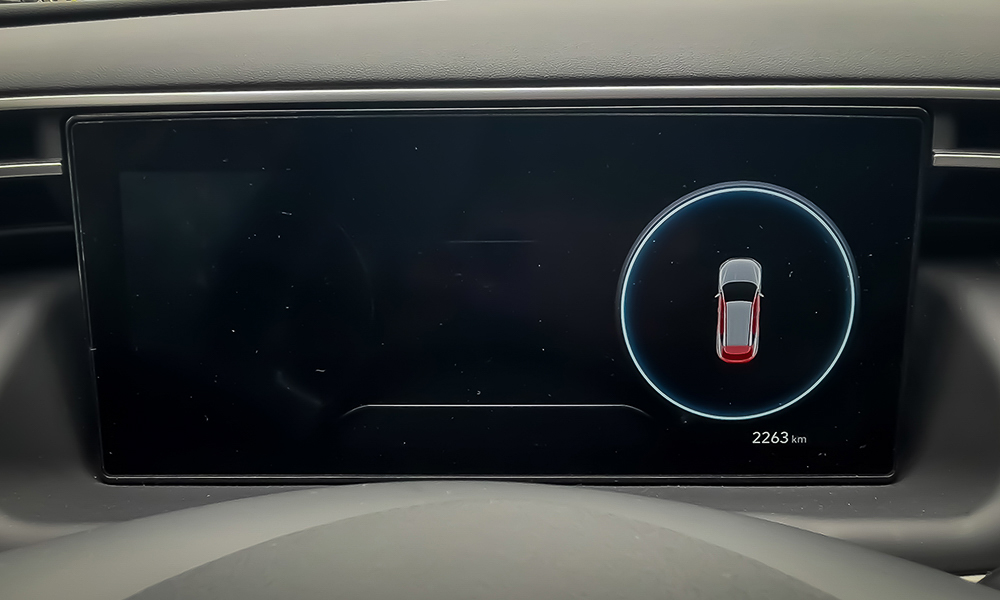
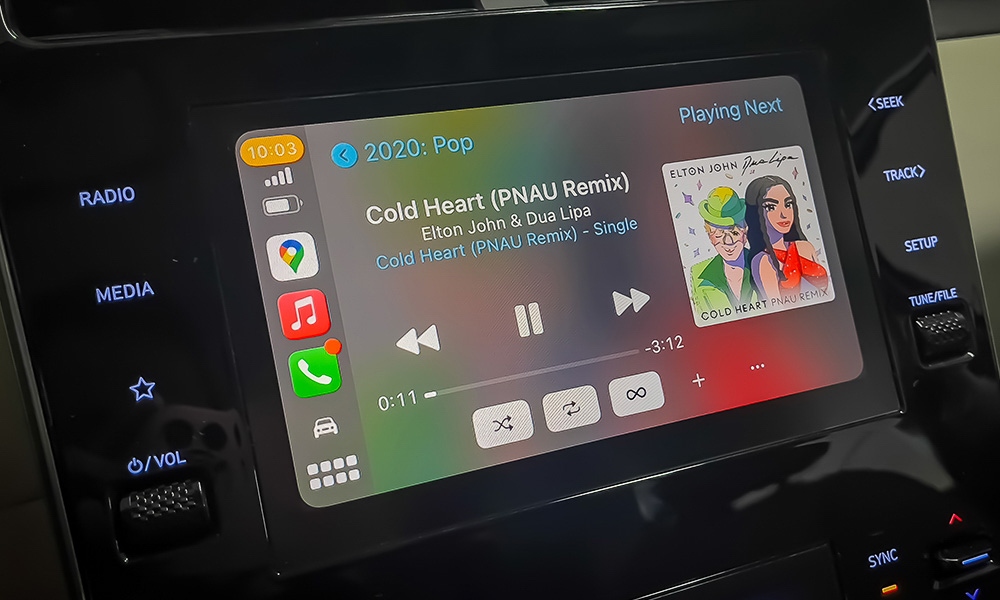
I’d like to believe that Hyundai can go all-out with the available features and probably price the Tucson very competitively. But at P1.84 million, the Tucson is the most loaded bang-for-the-buck diesel compact crossover on the market today. It is just that good.
HYUNDAI TUCSON GLS PREMIUM
| Engine | 2.0-liter in-line-four turbodiesel |
| Transmission | 8-speed automatic |
| Power | 183hp @ 4,000rpm |
| Torque | 416Nm @ 2,000-2,750rpm |
| Dimensions | 4,630mm x 1,865mm x 1,665mm |
| Drive layout | FWD |
| Seating | 5 |
| Price | P1,840,000 |
| Upside | Looks, performance, and the available standard equipment for its price. |
| Downside | The omission of some features that other markets receive. |

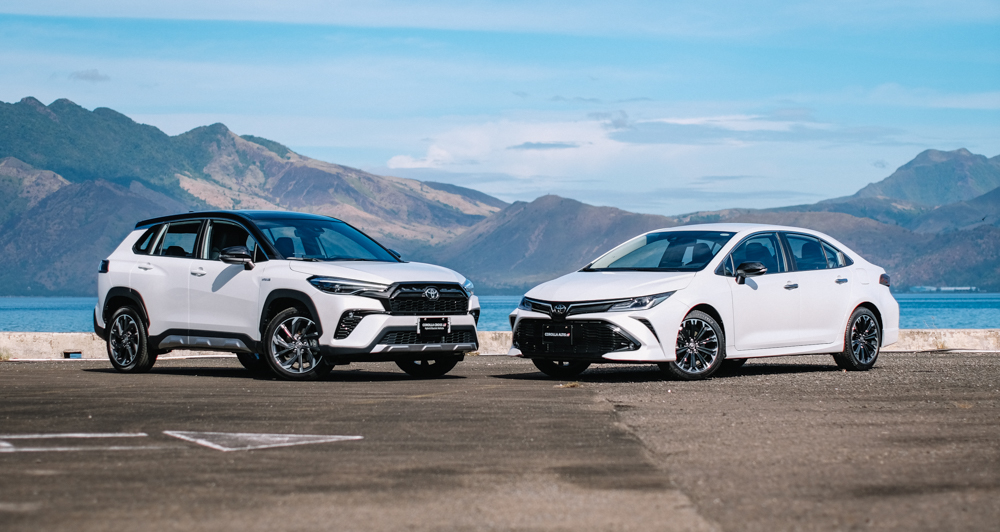
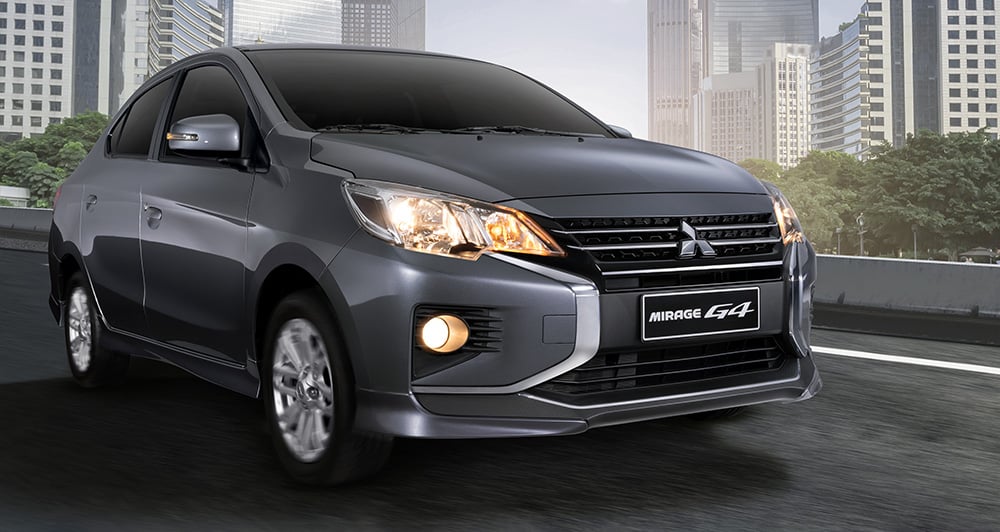
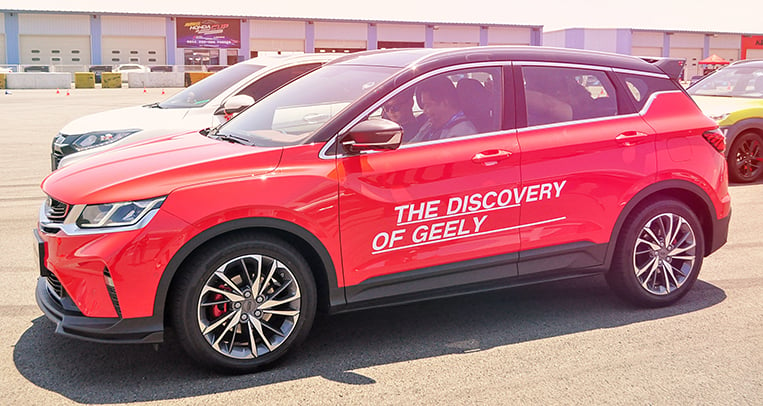
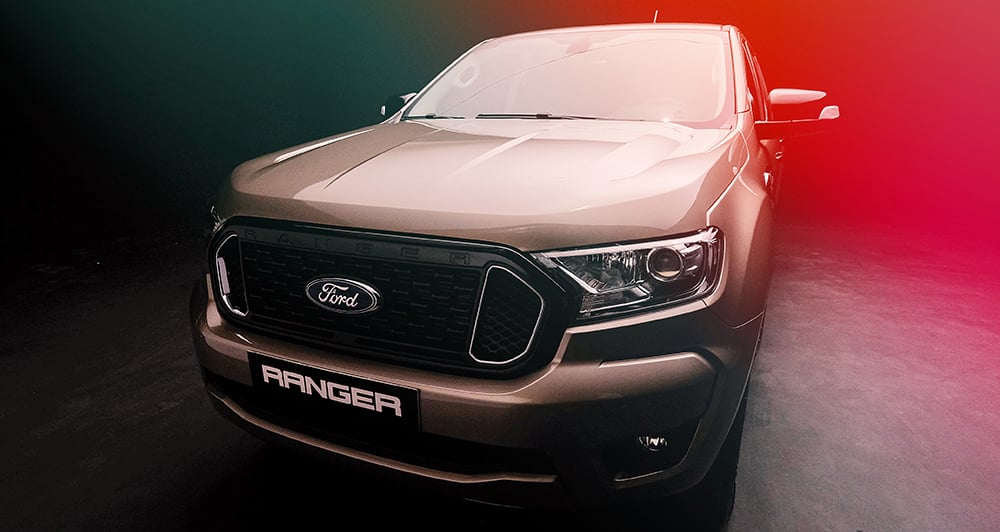
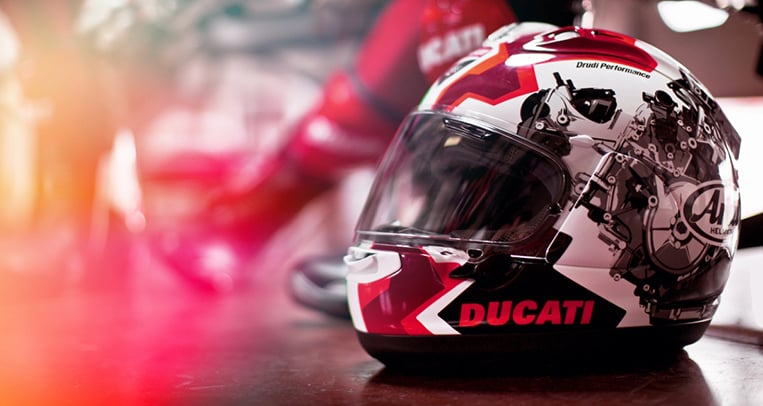
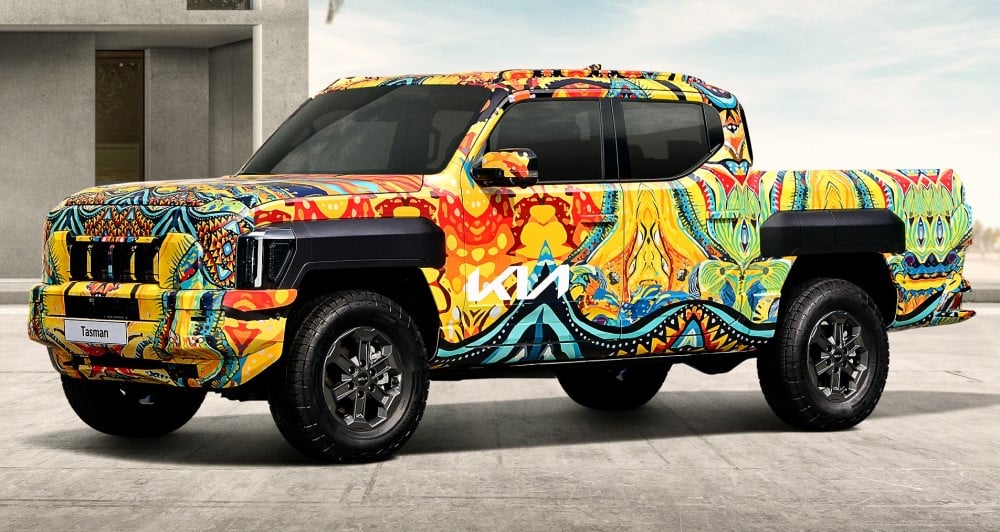
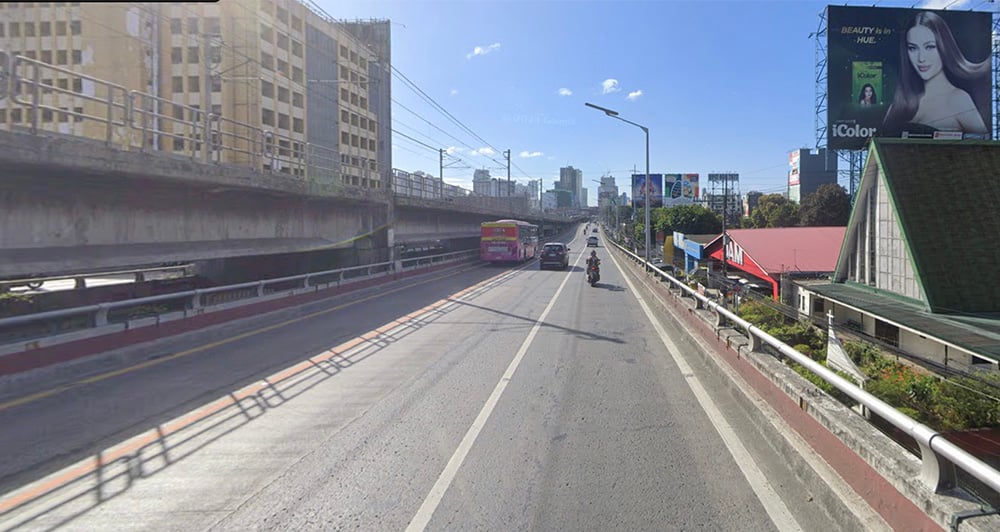
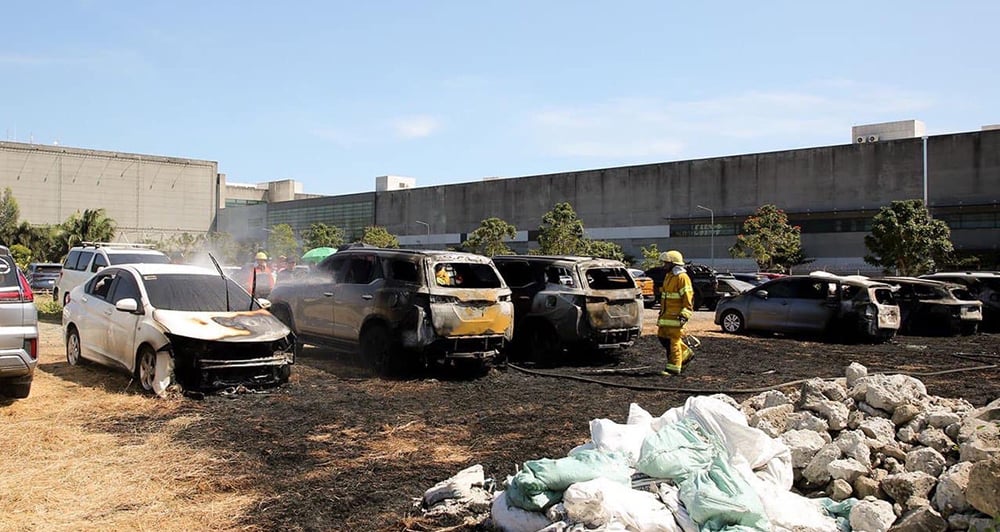
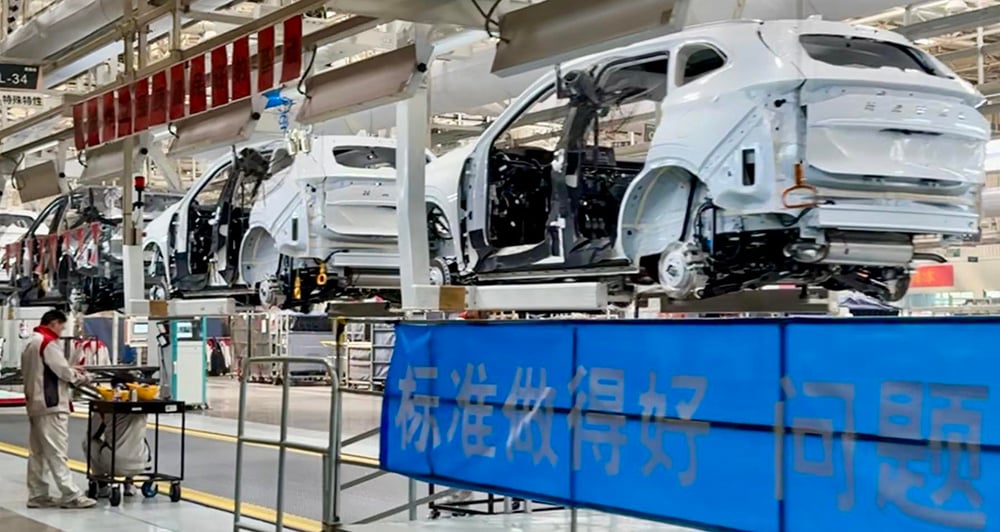
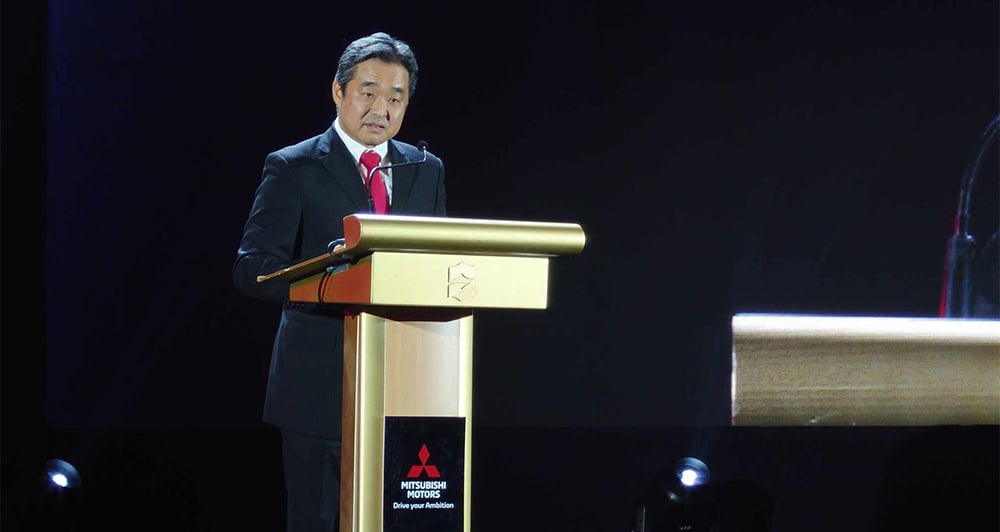
Comments